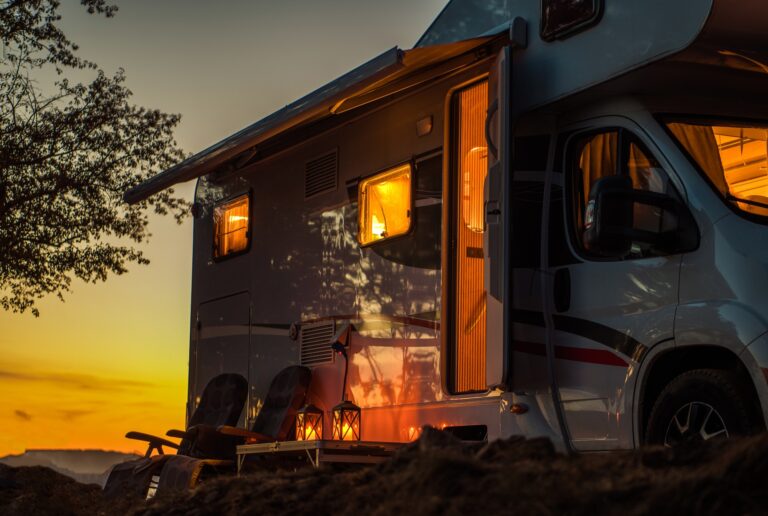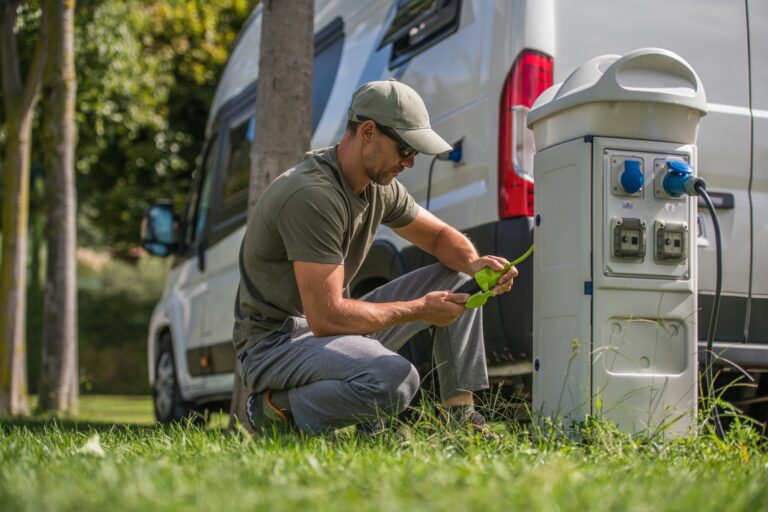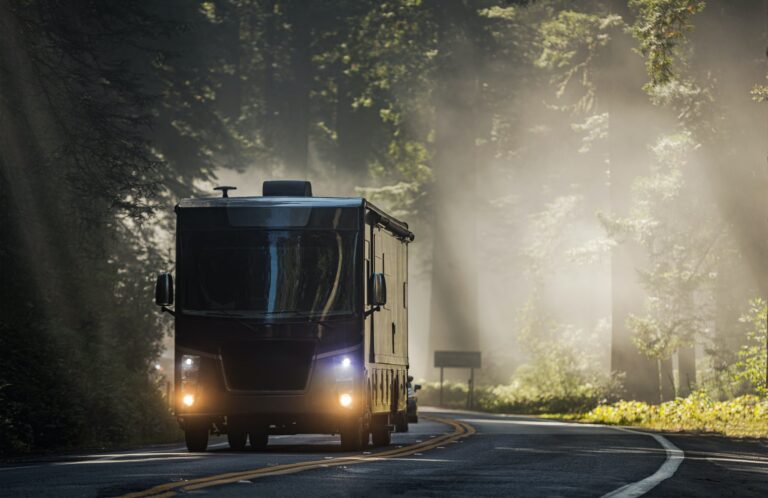Dry camping, also known as boondocking or wild camping, is a form of RVing where you forego the usual electrical, water, and sewer hookups found at traditional campgrounds. Instead, you rely on your RV’s self-contained systems and amenities. This form of RVing allows you to experience the great outdoors in a more intimate and raw manner, often in locations with stunning natural beauty and solitude that traditional campgrounds can’t match.
This guide is designed to provide beginners with a comprehensive overview of what dry camping is, how to prepare for it, and tips to make the experience as enjoyable as possible.
What is Dry Camping?
Dry camping is RVing without the use of external hookups for electricity, water, or sewer. This means you’ll rely completely on the supplies you bring with you and the systems built into your RV. This can involve camping in remote wilderness locations, rest stops, or even parking lots, depending on your travel plans and comfort level.
Preparing for Dry Camping
Preparation is key to a successful dry camping experience. Here are some key considerations:
- Water: You’ll need to carry all the water you’ll use for drinking, cooking, cleaning, and flushing toilets. Make sure your RV’s fresh water tank is full before departing and consider carrying additional water containers.
- Electricity: Your RV’s house batteries will be your primary source of power. Consider investing in a generator or solar panels for additional power. Be mindful of power usage, particularly with high-consumption appliances like air conditioning units or microwaves.
- Waste: Without a sewer hookup, you’ll need to manage your waste water, or grey water, and sewage, or black water, until you can dispose of it properly at a dump station. Minimize water usage to extend the time between dump station visits.
- Food and Supplies: Stock up on food, medications, and other supplies. Remember, when dry camping, the closest store might be quite a distance away.
- Safety: Carry a first aid kit, know the location of the nearest medical facility, and have a plan for contacting emergency services if you’ll be camping without cell service.
Tips for Successful Dry Camping
- Conserve Water: Water is often the limiting factor in how long you can dry camp. To conserve water, take short showers, or even “navy showers”, where you wet yourself down, turn off the water while you soap up, then rinse off. Use paper plates or cooking methods that minimize dishwashing, and turn off the faucet while brushing your teeth or doing dishes.
- Manage Your Power Usage: Monitor your battery levels closely. Use LED lights, which consume less power. Turn off lights and appliances when not in use. If you’re using a generator, be mindful of noise and the quiet hours typically observed in many camping areas.
- Plan Your Meals: Plan meals that require minimal water for preparation and cleaning. Consider meals that can be prepared in advance and reheated.
- Stay Safe: Always let someone know where you’re going and when you plan to return. Have a plan for emergencies. Carry a paper map as a backup to GPS.
- Leave No Trace: The “Leave No Trace” principles are especially important when dry camping. Pack out all trash and waste, leave natural or cultural features as you found them, and respect wildlife and other campers.
The Benefits of Dry Camping
Dry camping can be a rewarding experience that allows you to enjoy nature without the crowds and noise often found at traditional campgrounds. It can also be a cost-effective way to travel, as many dry camping locations are free.
Here are a few benefits of dry camping:
- Freedom and Flexibility: The ability to set up camp in a variety of locations gives you a level of freedom and flexibility that traditional campgrounds can’t match.
- Peace and Quiet: Dry camping often allows you to get away from crowded campgrounds and enjoy the peace and tranquility of nature.
- Cost Savings: Many places where you can dry camp are free or have a small fee, making it a more affordable way to travel.
- Closer to Nature: Dry camping often puts you closer to scenic vistas, trailheads, and other natural attractions.
- Self-Sufficiency: There’s something satisfying about being able to be self-sufficient and live comfortably without the need for external hookups.
Conclusion
Dry camping is an art, and like any art, it requires practice. The more you do it, the more comfortable you will become with managing your water, power, and waste systems. You’ll also become more adept at finding great camping locations and planning your trips to maximize your enjoyment of this unique form of RVing.
Remember, the key to successful dry camping is preparation. Take the time to understand your RV’s systems, carefully plan your food and water needs, and always have a plan for emergencies# The Art of Dry Camping: A Beginner’s Guide to RVing Without Hookups
Dry camping, also known as boondocking or wild camping, is a form of RVing where you forego the usual electrical, water, and sewer hookups found at traditional campgrounds. Instead, you rely on your RV’s self-contained systems and amenities. This form of RVing allows you to experience the great outdoors in a more intimate and raw manner, often in locations with stunning natural beauty and solitude that traditional campgrounds can’t match.






